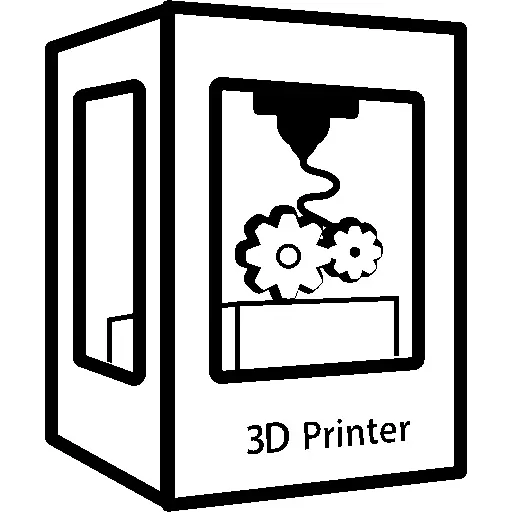I’ve been contemplating switching the rods that my X and Y axis travel on to linear rails instead. The current hardware is double SS rods with SG15 bearings, with an eccentric nut to adjust tension on the rods.
Unfortunately these rods are not evenly spaced on my Y-axis. They’re closer together at the back than at the front, deviating with 0.5mm. So the rollers are either too tight at the front, or too loose at the back, meaning the bed wobbles a bit when using the front of the bed, or skips layers due to higher resistance on the rollers when using the back of the bed. I could lower the movement speed, but I would rather fix the actual cause of the issue.
I have some suspicion that the rollers are also not rolling smoothly on the rods and sometimes slip/skip on them instead.
And then I came across the Voron switchwire and Ender3-to-switchwire conversions. Now I’m not really willing to fully rebuild the printer as a switchwire, but changing to linear rails on Y and X axes is not a massive rebuild and considerably cheaper. I would keep the existing threaded rods for the Z-axis.
I would use the hardware I have now (motors, pulleys, belts, bed-mount, belt tensioners) with minor modifications to accommodate the rails instead of the rods currently used.
Are there any caveats to be aware of when using linear rails?


Using single rail for each axis would exclude most of the issues I was concerned about. When I mentioned frame squareness, I was thinking about all geometric tolerances including rails being prallel/perpendicular to the frame.
Honestly my knowledge about linear rails becomes kinda useless after seing how people use them on their printers. Example: mounting them on alu extrusions or using them as a frame should be wrong, but looks like many people have good results.
Again, someone who solved that issue on the same or simmilar machine might be much more of a help than anything I wrote